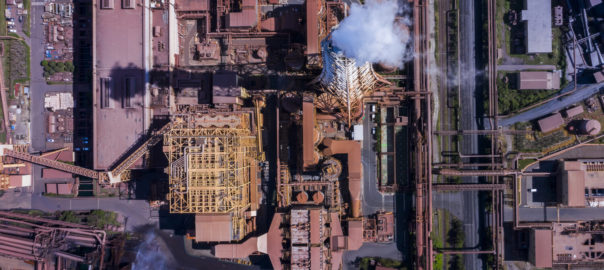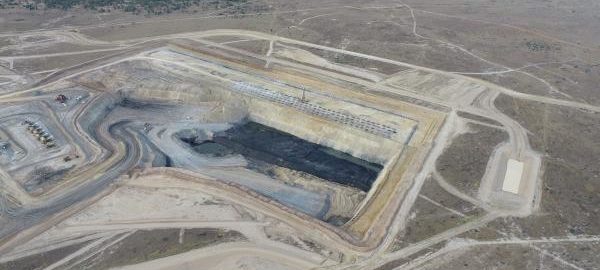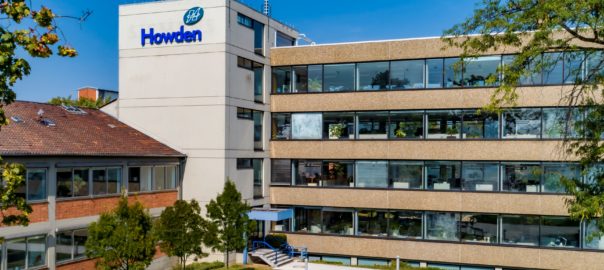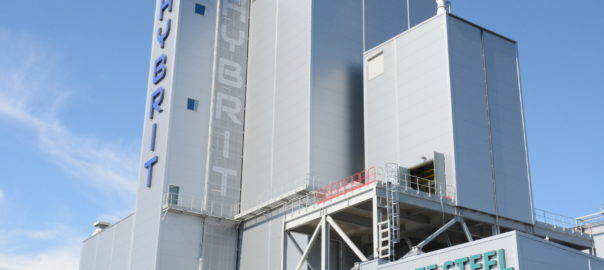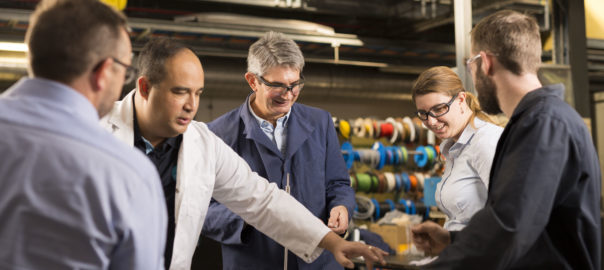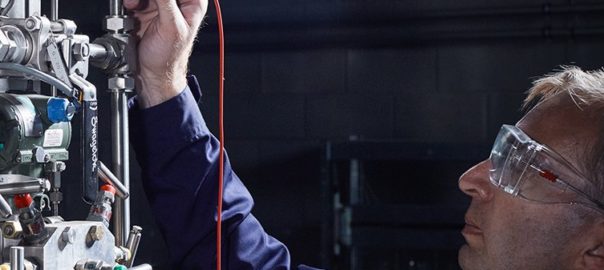Curtin University is to open a new research lab geared towards carbon-neutral metal production paths at its Kalgoorlie campus in Western Australia.
Curtin’s WA School of Mines: Minerals, Energy and Chemical Engineering Head of School, Professor Michael Hitch, said the Kalgoorlie Metals Research Laboratory would explore cleaner alternatives through teaching and research that would pave the way for a greener future for the industry.
“The Kalgoorlie Metals Research Laboratory will provide undergraduate students with practical education in carbon-neutral metal production paths, which is particularly important given they are the generation that will help decarbonise the mining industry in the most challenging area of pyrometallurgy,” Professor Hitch said.
Iron ore processing expert, Dr John Clout, has been appointed the Professor of Practice in Pyrometallurgy at the lab with Curtin’s WA School of Mines Kalgoorlie Director, Sabina Shugg, saying he would oversee a high-tech laboratory, fitted with experimental high temperature furnace equipment, capable of simulating the complete industrial process to test renewable energy and green hydrogen sources in the metal extraction process of pyrometallurgy, which currently require fossil fuels.
“Highly respected in the field of pyrometallurgy, Professor Clout will bring real-world experience to the laboratory’s teaching and research, ensuring we contribute to a sustainable future for the Western Australia resources industry,” Shugg said.
Professor Clout said he was thrilled to support the new research hub’s development as an internationally-recognised laboratory and pilot-scale pyrometallurgical research facility for undergraduate teaching and applied research.
“The Kalgoorlie Metals Research Laboratory will aim to develop end-to-end production paths that set new standards for efficiency, value and carbon neutral management, which will ultimately support a cleaner future,” he said.
“After working in the gold, iron ore and nickel industries for more than four decades, I am especially excited to be working with the future leaders of the resources sector to find the most efficient renewable energy sources and processes for pyrometallurgy.
“There is significant potential for industry to be extracting and producing critical metals right here in Western Australia, especially in the Goldfields where there is significant scope for renewal energy production, untapped critical mineral resources, an existing infrastructure network and workforce.”
The Kalgoorlie Metals Research Laboratory has been established as the result of a A$600,000 ($443,697) grant from Curtin University.
The new research facility is also seeking support from industry and private donors for the purchase of additional equipment and ongoing industry-funded projects.









